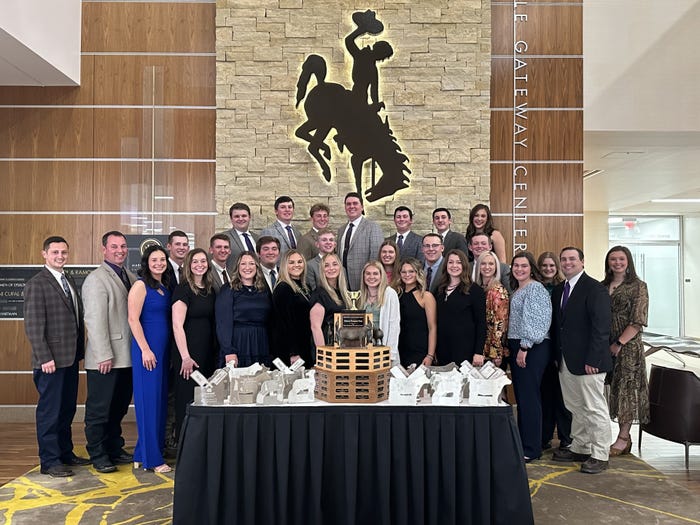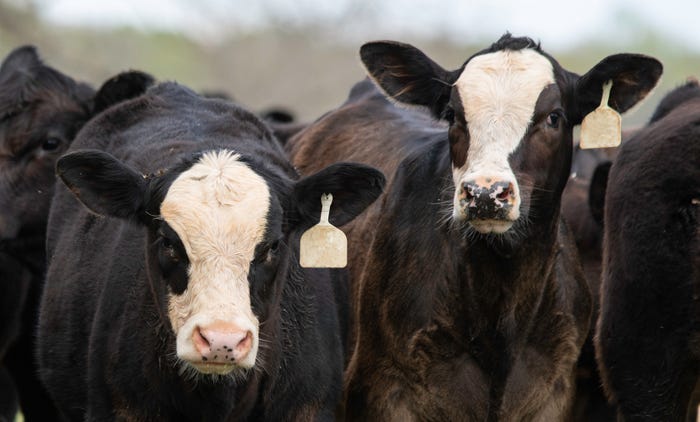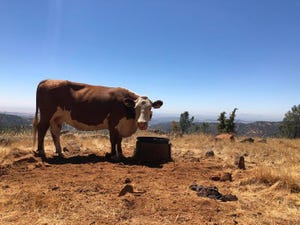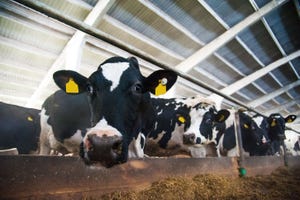thumbnail
Farm Business Management
K-State Animal Sciences and Industry students earn national title for fourth consecutive yearK-State Animal Sciences and Industry students earn national title for fourth consecutive year
The Kansas State University Meat Animal Evaluation Team won National Champion honors at the 2024 Collegiate Meat Animal Evaluation Contest hosted in Laramie, Wyoming.
Subscribe to Our Newsletters
BEEF Magazine is the source for beef production, management and market news.



.png?width=700&auto=webp&quality=80&disable=upscale)

































